8 kitchen organizing mistakes you are probably making, according to pros
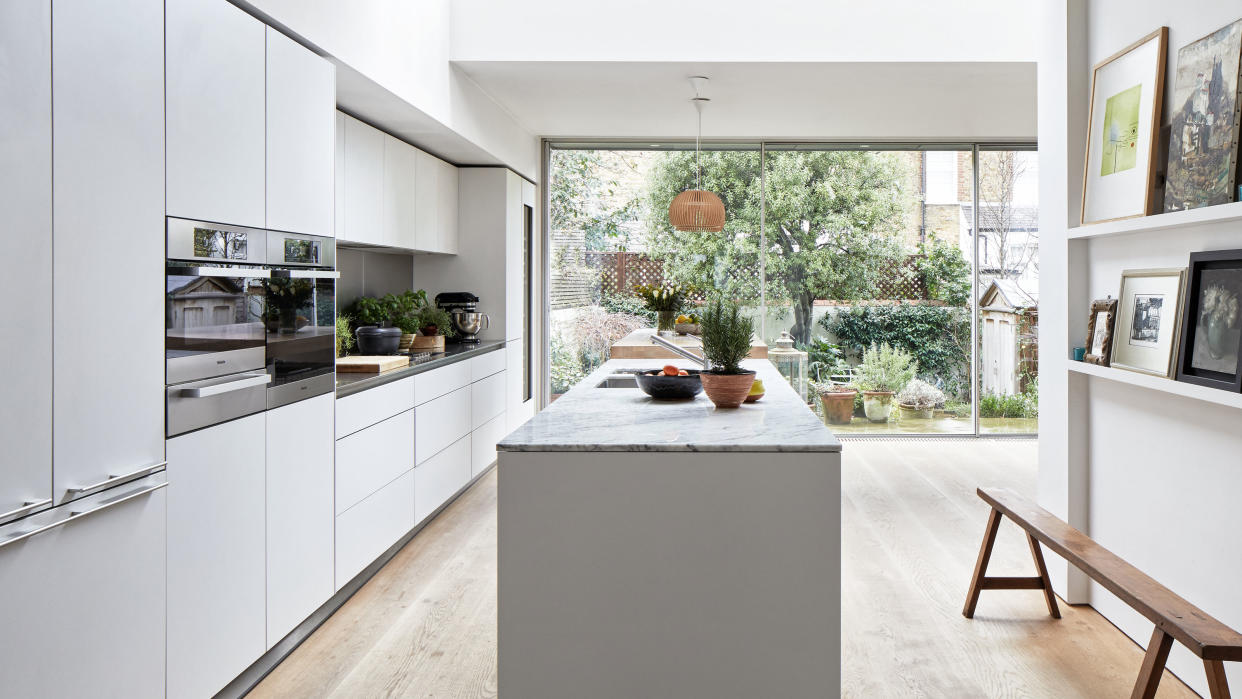
Our kitchens are busy places, and home to endless flatware, cookbooks and cooking ingredients, so it pays to keep things organized. With all the kitchen organizing tips, tricks, and hacks out there, people are bound to make mistakes. At best, some of these mistakes just lead to an organizational system you don’t actually use.
At worst, they can create more food waste and require you to spend more time trying to navigate your own kitchen.
So, what do you do when you realize your kitchen organizing system isn't working? You consult the experts, of course!
Kitchen organizing mistakes
In an effort to combat some of the worst offenses, we turned to a few of our favorite kitchen pros to find out what they deem to be the biggest kitchen organizing mistakes.
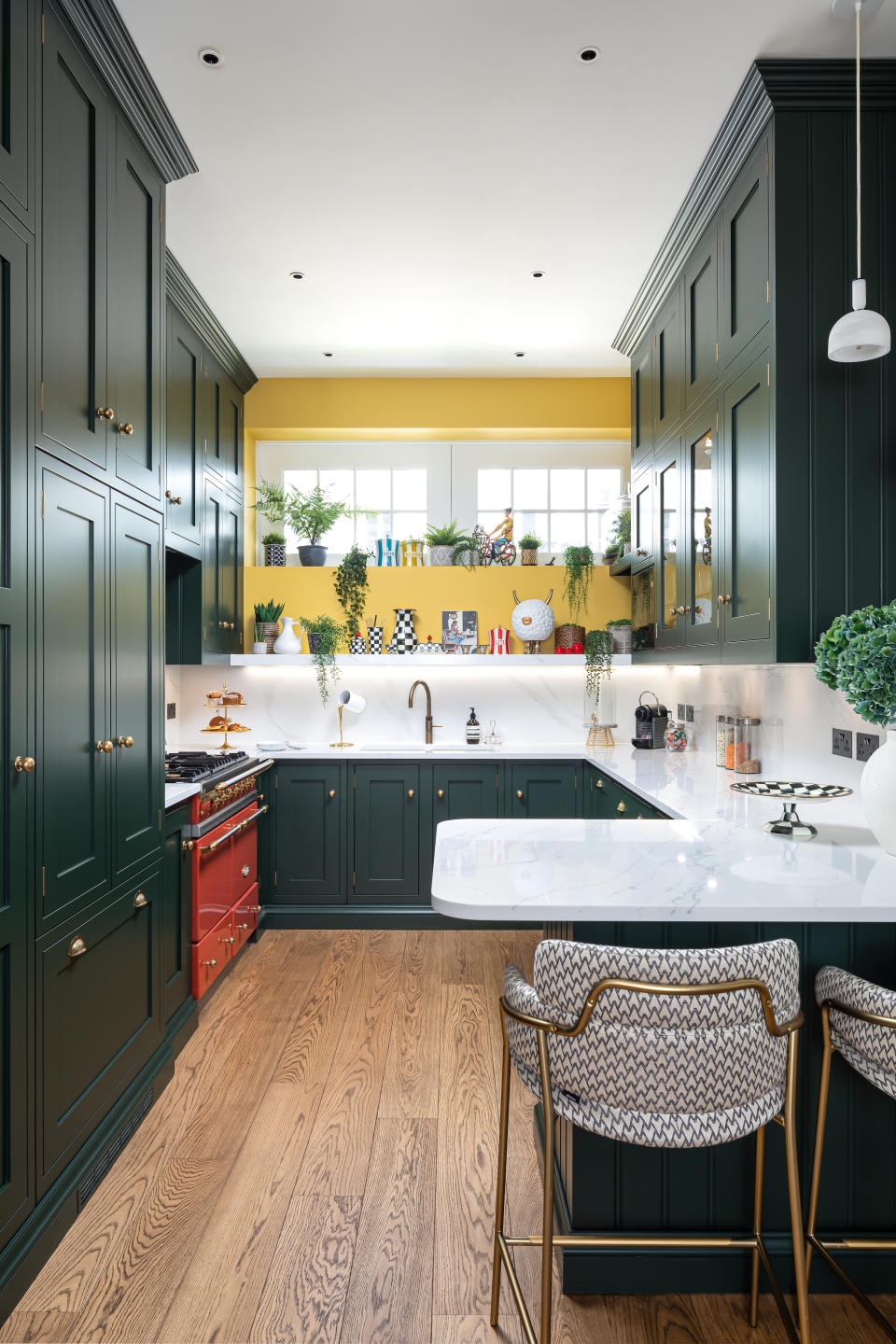
1. Wasting space on spice racks
According to Catherine McCord, founder of Weelicious and author of Meal Prep Magic, one of the biggest mistakes you can make is using up valuable counter and cabinet space with a spice rack. Even worse, McCord says keeping your spices out, in general, isn’t great for quality control.
‘Spices often dull faster from sun exposure,’ McCord explains, who instead suggests dedicating a drawer for the job. ‘Drawers are best for laying spices jars flat and close together so you can alphabetize and see all of your options when cooking.’

Expand-A-Drawer Spice Organizer | $24.99 at The Container Store
This expandable spice drawer organizer can be placed into any kitchen drawer. With adjustable side sections, it's the perfect solution for keeping your spice drawer organized and accessible.
2. Decanting without saving the cooking instructions
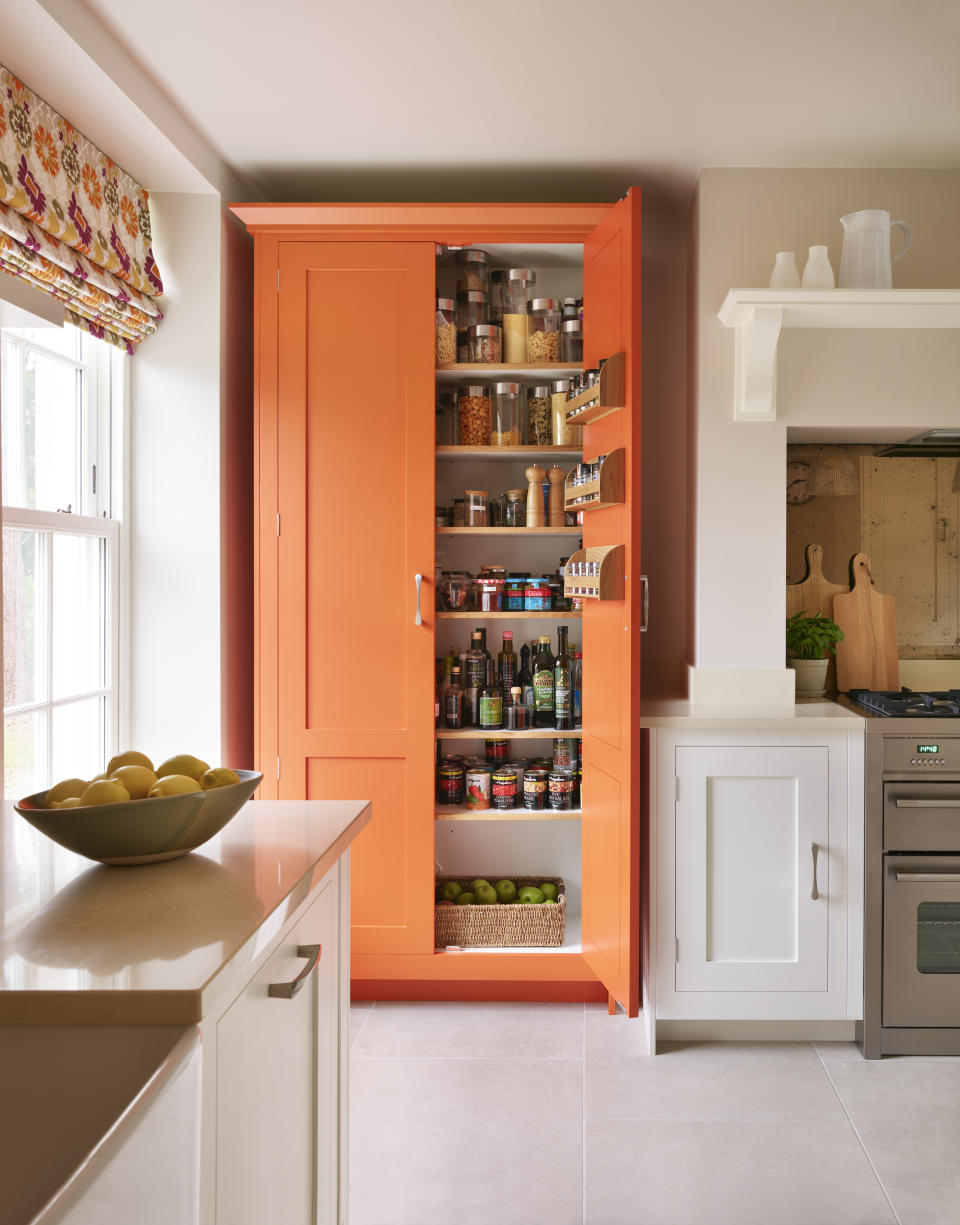
Decanting your food into clear food canisters, at The Container Store, is a popular organizing hack, but often, users find they abandon it entirely. McCord says there are plenty of perks to this method, so it might just require some trial and error. ‘When you can see your food, you’re more likely to be inspired to cook with it,’ she says.
Instead of ditching this method, consider why you’re not crazy about decanting. If it comes down to needing the instructions, then that’s an easy fix – and McCord gave us her top tip for it. ‘If you’re not sure how to cook a specific food, cut the instructions off the box and tape it on the jar as a reminder,’ she says.
3. Using a corner unit
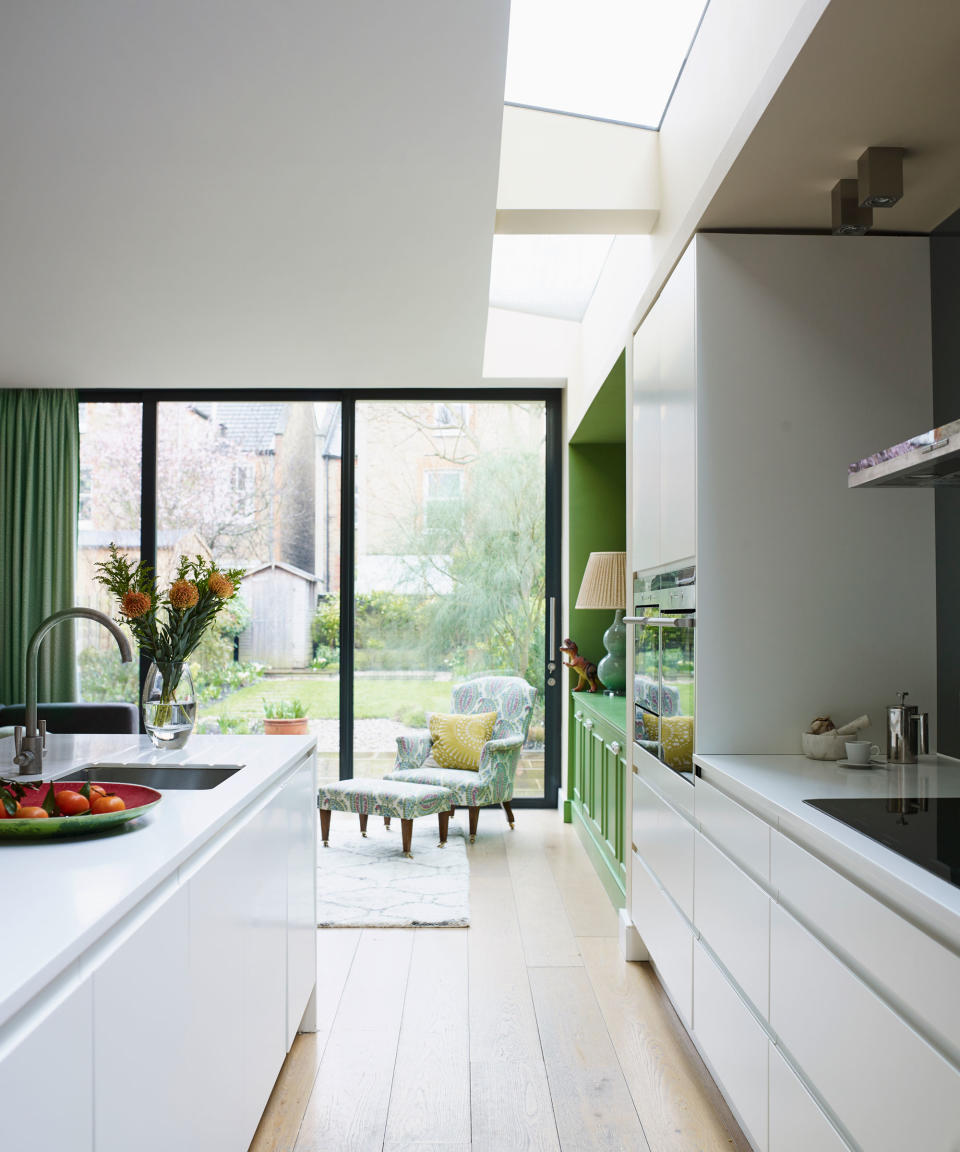
Tanya Smith-Shiflett, owner and co-founder of the interior design firm Unique Kitchens and Baths, has seen her fair share of poorly designed kitchens that are a recipe for bad organization.
If you’re in the process of designing or redesigning a kitchen with organizing in mind, she suggests avoiding a corner unit if possible. This will make organizing kitchen cabinets much easier in the long run.
'Turntables or cloud pullouts can offer some options to fill the space but I think that the cabinetry can be designed in a better, more functional way without the use of these corner pieces,' says Smith-Shiflett.
4. Stacking everything until it’s unreachable
Many pro organizers will tell you to make the most of vertical space, and it can be incredibly valuable advice – but only if done correctly. Ashley Murphy, Co-Founder and CEO of NEAT Method warns against doing this with stacking organizers.
‘Anytime you stack to save space, you’re limiting access to items on the bottom. Avoid stacking by adding additional shelves whenever possible. You can typically source standard cabinet shelves from your local hardware store or purchase them online.’
Instead, Murphy suggests adjusting your kitchen shelving. ‘Whenever possible, take advantage of adjustable shelving in order to accommodate tall items or to lower shelves that are out of reach,’ she says. ‘This will allow you to maximize space and make better use of your cabinets.’
5. Buying organizers without measuring first
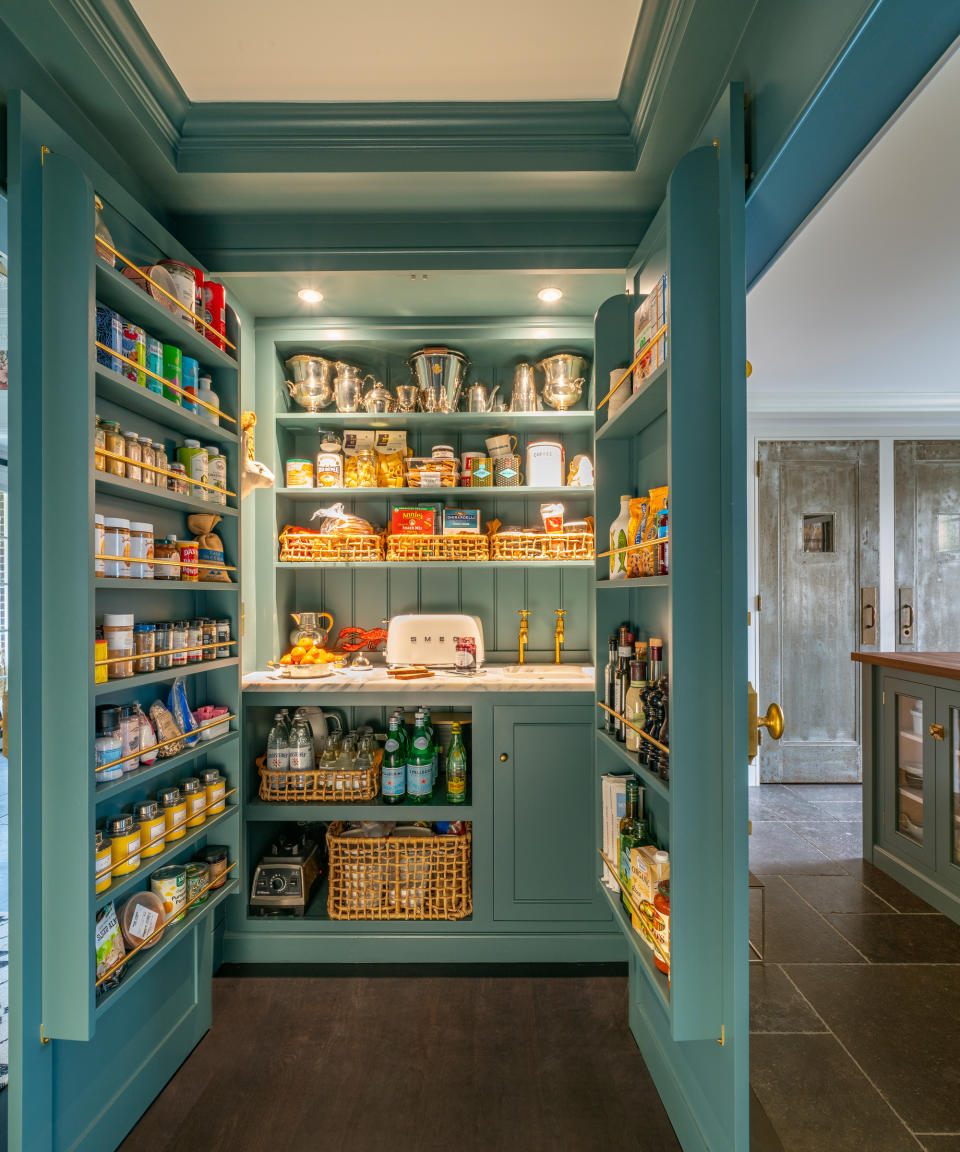
Marissa Hagmeyer, NEAT Method’s Co-Founder and COO, says she’s also surprised by how many people will invest in the best kitchen organizers without assessing their space first.
‘Stop purchasing products without assessing your needs and measuring the space first,’ she says. ‘There’s nothing worse than having to return organizers and start over, or worse, utilizing products that don’t fit your shelves or drawers.’
6. Following the trends instead of considering your needs
Of course, most of our kitchen organizing headaches come from the same source: someone on social media said you should. Smith-Shiflett is firmly against this. While it’s great for inspiration, don’t be disheartened if someone else’s method doesn’t work for you!
‘People should stop caring about what is the trendiest or most Insta-worth" organizational tip,’ she says. ‘Do whatever works for you and your family!’
7. Holding onto things you don’t need
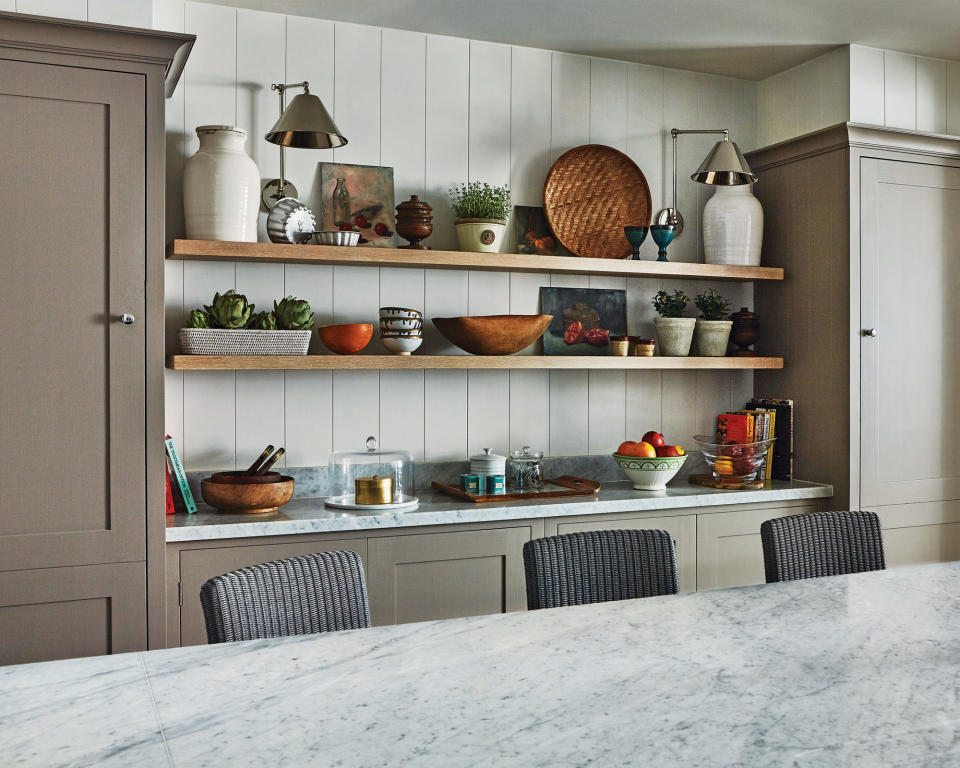
Hoarding and hanging onto unwanted and unused items is a bad idea in any room, but especially in the kitchen. That’s why McCord says decluttering your kitchen should take priority ahead of organizing – and not enough people do it correctly.
‘Put aside the need to hold onto that sauce you’ve never used, the pot holder you hate but you don’t want to get rid of because your mother gave it to you, or your collection of wooden spoons, half you won’t ever use,’ says McCord.
Smith-Shiflett wholeheartedly agrees. ‘Purge!! Get rid of stuff that you haven't used or don't need anymore,’ she says. ‘Donate items if you can but create a more efficient space by taking inventory of what you use the most.’
8. Buying too many gadgets
Ashley Macuga of Collected Interiors says the biggest offender she finds in people’s homes is a stockpile of appliances and add-ons they never actually use.
‘Technology can get expensive really fast, and it's important to think strategically about your investments,’ she says. ‘I believe deeply in investing in quality, but not overbuying on a fancy built-in coffee maker if you are happiest drinking drip.’
FAQs
Where do you put plates and glasses in the kitchen?
For everyday dishes, it makes sense to store them in a cabinet near the dishwasher so they are easy to put away. Some pro organizers also suggest keeping them as close to your eating area as possible so preparing meals and laying the table is more seamless.
Be realistic about how many plates and glasses you need for the day-to-day running of your home. For instance, if you are a family of five, that's five times three meals a day. So a large pile of clean plates will quickly get used up. Rather rather than trying to streamline your collection because you think you should have fewer, purchase as many white plates as you need. White dishes will always look uniform even if they aren't all from the same store.
Of course, if you do any of the above and they work for you, then that’s what’s most important. Above all else, the priority is always on creating a kitchen that works and that you love.

